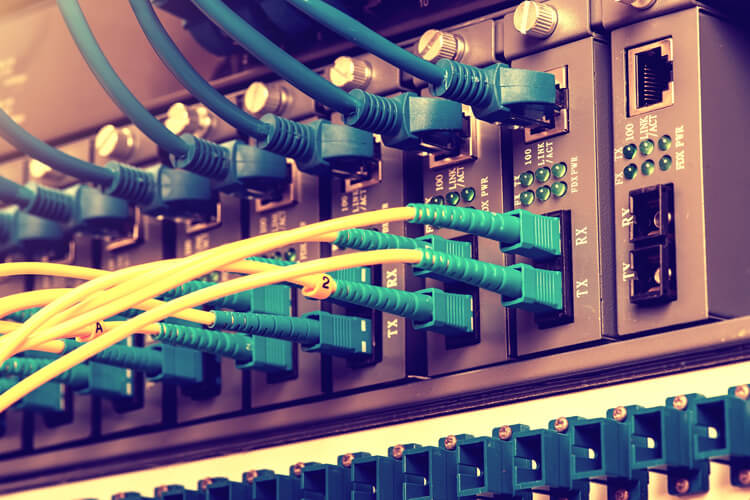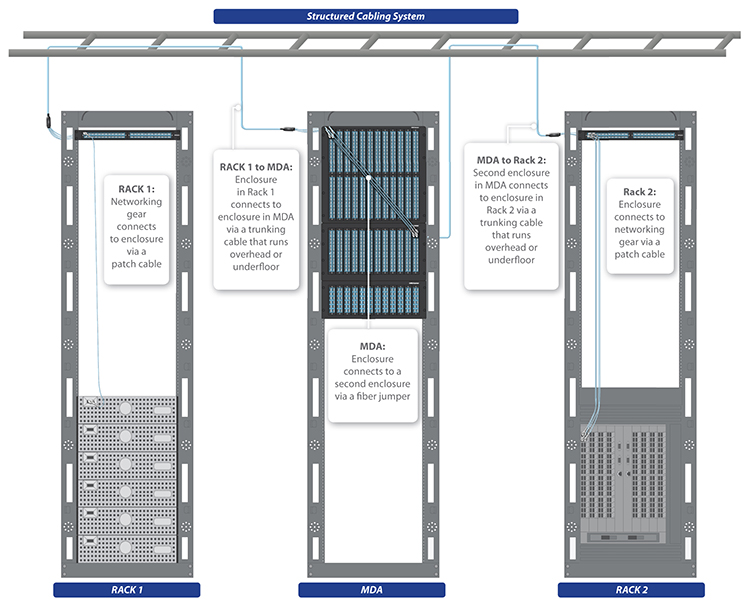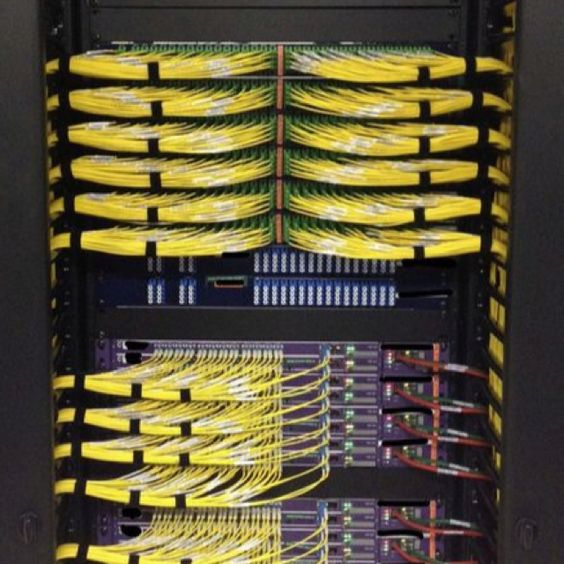Outside plant installation (OSP), as the name indicates, is to install cable in outdoor applications, like placing cable underwater/underground, into buildings and at the top of poles. The process of OSP installation can be complicated and diverse owing to its complex conditions and environments. There are some important factors to consider before and when conducting OSP installation. And this is what we are going to talk about in this article: what exactly we could do to make the process seamless and flawless?
Well begun is half done. So the preparation work matters significantly. Let’s see what preparations are needed before installing OSP cables.
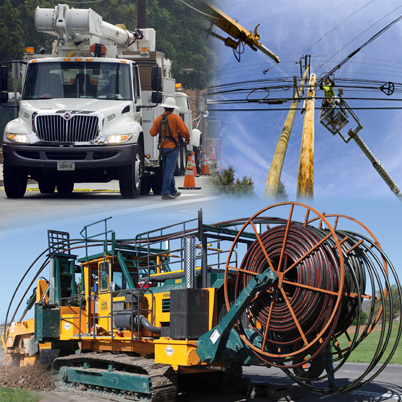
Before placing the cables, you may need to position those supporting structures, including new conduit, inner-duct manholes or sometimes even vaults. Then installers should consider all the hardware needed to be installed, as well as to schedule the specialized equipment required: trenchers or cable plows, backhoes, bucket trucks, cable winches, etc.
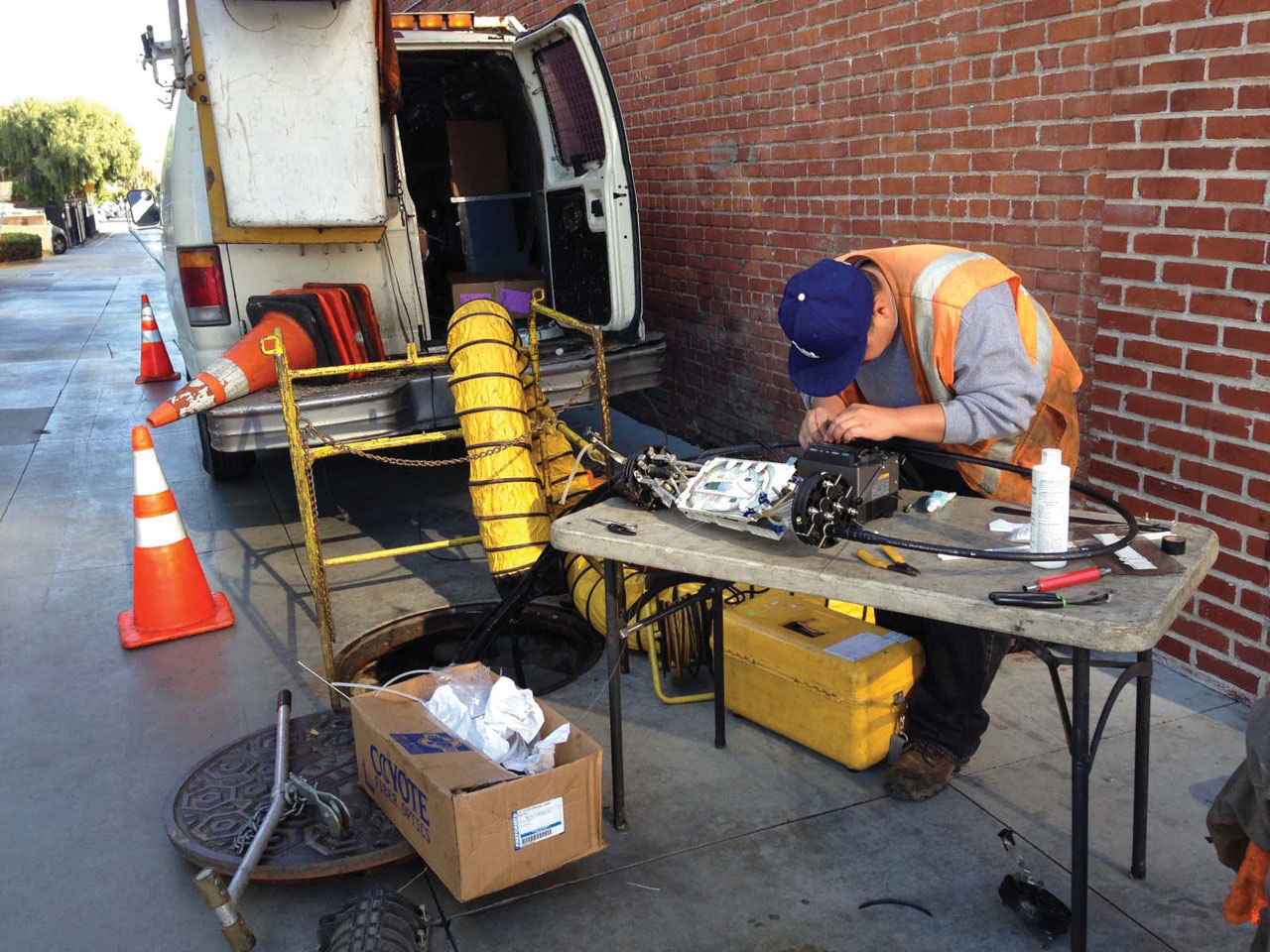
Once the infrastructure is in place and the cabling pulled, fiber optic splicing work begins.Each splice must be verified with an optical time-domain reflectometer (OTDR) test. And do make sure to place each fiber properly in the splice closure and seal the closure carefully to protect it from degradation. Also, marking is necessary for easier fiber identification when problem arise.
The OSP cables must be terminated or spliced to indoor cables soon after entering a building. Some OSP cables have double jackets, an outer one for outdoors and an inner one rated for indoor use. The outer jacket can be stripped off inside the building. Generally, single-mode OSP cables will be terminated by splicing pigtails onto each fiber, and splices will be placed in a splice closure. Multimode fibers can be handled the same way or terminated directly onto the fibers.
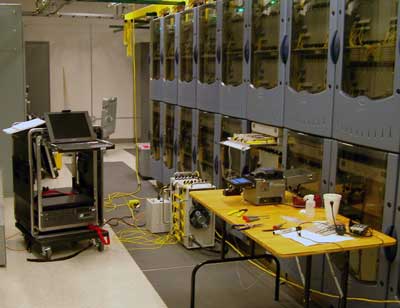
Safety is an important issue and always prior to all. Call before you dig to ensure no buried cables or pipes are in the proposed route. And Installers need to be well trained to operate the machinery safely. Every OSP job should have posted safety procedures and all personnel should be briefed in their use.
Just as we stated at the beginning of the article. OSP installation is much more varied than those for premises. So, when installing OSP facility, besides making full preparation, you should also consider the following factors:
Although the overall cable construction for outdoor installation can be various, the actual cabling media employed in OSP installation consisting of four basic types: single-mode optical fiber, 62.5/125- and 50/125-micron multimode optical fiber, unshielded twisted-pair (UTP) cable, and 75-ohm coaxial cable.
Optical fiber carries signals in the form of light pulses, which can be used for extended distances with greater bandwidth. Optical fiber is also lighter and more compact than copper wire (see the main differences) and is immune to electromagnetic interference (EMI) while offers greater security. As a result, fiber is well suited to heavy-industrial applications, where a great deal of electrical interference is common. It is also widely used in military installations for security reasons.
Copper cabling media transmit electrical signals. The twisted-pair cable (often in high pair counts) —is the mainstay of many regional and local telephone companies. However, twisted-pair is subject to electrical interference and has distance limitations when it comes to high-bandwidth applications.
Coaxial cable, or coax, is also a copper-based transmission medium, but it operates on a different principle. It is always the choice of cable-television providers and private broadband video networks. Coax offers higher bandwidth than twisted-pair, and it’s also less susceptible to interference. However, it’s more expensive, and it presents installation complications because its shielding must be grounded.
Three methods generally involved in installing OSP cables: aerial, direct-buried, and underground.
Aerial installations are the least expensive and are readily accessible for maintenance. Cables and other apparatus are mounted on utility poles in this method. However, they also pose several problems, including aesthetic concerns, susceptibility to environmental damage, and considerations of tension, sag, clearance, and wind- and ice-loading.
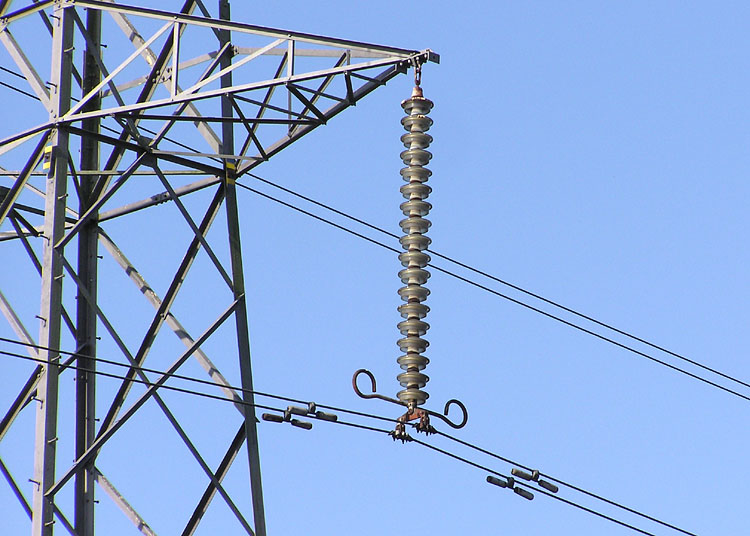
Direct-buried installations are usually installed by means of trenching, plowing, or directional boring. They are less expensive than underground installations. But they are less flexible than conduit once installed, because they cannot be upgraded or expanded. Moreover, they may be difficult to relocate for repair, and they provide less physical protection for transmission media than conduit.
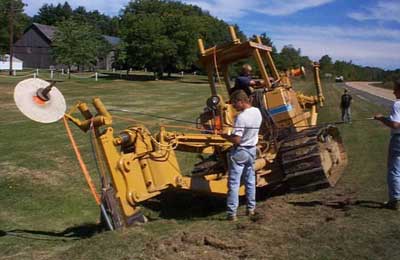
Underground installations pull cable through conduit, thus offer the aesthetic appeal as well as provide greater cable protection, and offer more potential for future upgrades. However, this method is more costly than direct burial and requires more careful route planning.
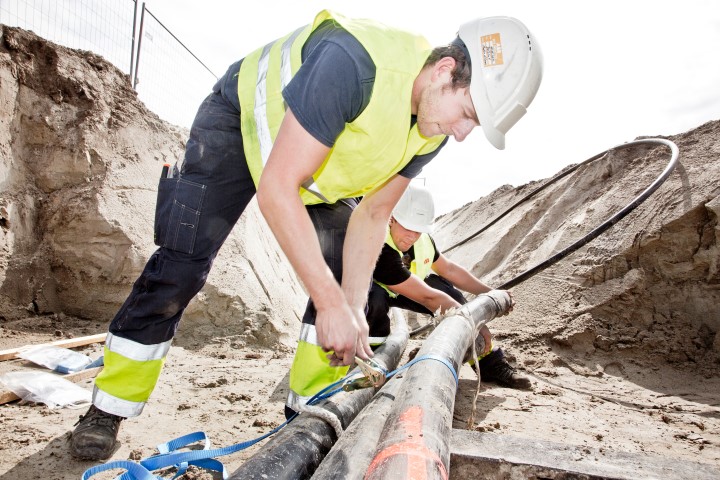
To sum it up, to ensure the OSP installation process is smooth and efficient, get fully prepared is a fundamental yet essential part. Moreover, choose the right cabling media and installation method also counts for the whole process. Your choice should base on your specific situation and OSP environment. Hope what we presented in the article is informative enough.
